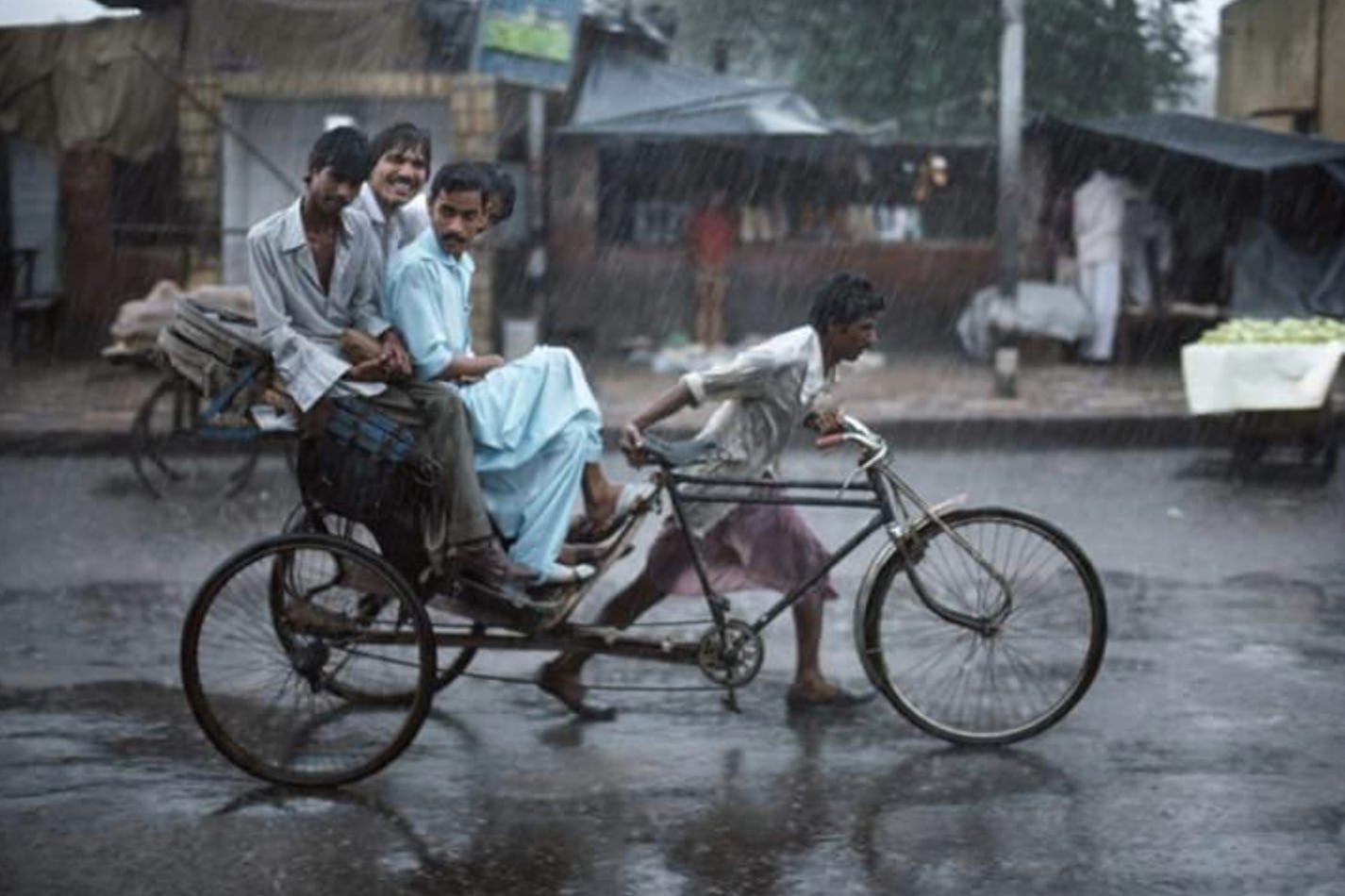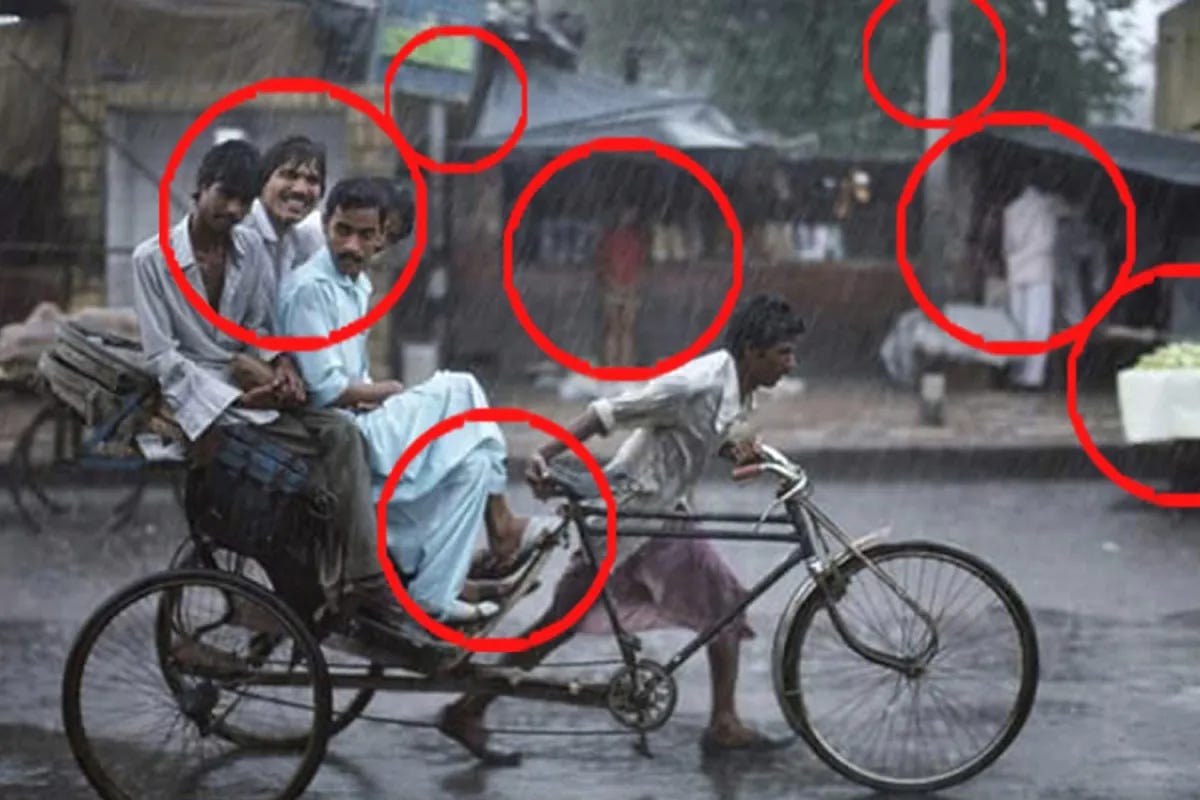Steve McCurry for National Geographic: “Afghan Girl”, 1984 (Sharbat Gula, aged approx. 12 years old)
A few years ago, the famous photographer Steve McCurry was caught having digitally manipulated a number of his photographs. He blamed his ‘team’ for not having consulted with him. [Petapixel.com, May 6th, 2016]. But what about his other family, his Magnum family. At time of writing, nothing has been said or done, beyond many books, exhibitions and a collective show of reverence for Steve McCurry, one of their own. Nobody spoke out. Nobody from inside Magnum Photos defended, or discussed the manipulations. At least not that I have seen.
I have for many, many years been a strong supporter of the legacy that has led Magnum Photos to be a place for photographic independence, where photographers retain control of their photographs, sold for single use only to media far and wide.
When the founders of Magnum came up with the single use policy, it laid the foundation for the livelihoods of many of the best photographers of the past 80 years. The price for this success was of course a certain set of iron-fisted leaders that forced photography in a particular direction.
Henri Cartier-Bresson: Nehru Announces Gandhi's Death, Birla House, Delhi, India, 1948
One of the early drivers was Henri Cartier-Bresson (HCB). A fiercely independent photographer, who with a substantial family fortune behind him could afford to be selective in his assignments, and who as luck would have it, with his first self-assigned project for Magnum Photos struck gold. HCB was in India to photograph Gandhi. As it happened, this was the day before Gandhi was murdered. HCB went on to cover the funeral leaving the world with some very iconic photographs that were sold to newspapers and magazines far and wide. In some ways, this single assignment cemented the name of Magnum Photos and made it what it has been for the past eight decades.
Henri Cartier-Bresson: Gandhi leaving Meherauli, a Muslim shrine. This was one of his last appearances during the time between the end of his fast and his death. Delhi, India. 1948
HCB was the backbone of Magnum Photos for many, many years. He worked hard at critiquing and schooling superb young photographers like Marc Riboud, until he was satisfied that they had mastered the HCB aesthetic. Shooting in his image, one might say. But strong personalities have their own challenges.
Kryn Taconis was an early Dutch member of Magnum, who returned to Paris after having photographed in Algeria. He had been photographing on the side of independence (and therefore against the French, in the eyes of HCB). Magnum Photos, on the specific orders of HCB, refused to circulate his photographs through their usual channels, effectively muzzling Taconis. Taconis soon left the collective.
Kryn Taconis (1918-1979): Front Liberation Nationale soldiers run for cover, Algeria 1957
I met Kryn Taconis’ widow a few years ago, around 2002, I think. By then she was in her 90s. She grabbed a Magnum book off the shelf and showed me a photograph by HCB. She told me that HCB had shown up at her door in rural Ontario, Canada - a long way from Paris - with a modest size print of his photograph called simply “Kashmir”, from 1947. The inscribed photograph was HCB’s gesture of contrition for having effectively censored Kryn Taconis out of Magnum. He admitted he was wrong to block Taconis’ work, by letting his own personal politics get in the way. Ms. Taconis ripped up the photograph in front of him and sent his on his way. Cartier-Bresson was a dollar short and a couple of decades late. Kryn Taconis had passed away in 1979.
Henri Cartier-Bresson: Kashmir, Srinagar, 1948
In modern times, when Steve McCurry was found to have manipulated his photographs to perfection, he blamed his ‘team’. McCurry made a lame argument that he was not shooting on assignment, and had not supervised sufficiently, etc. Had there been only one of these manipulated photographs, it might have been OK. Write it off to ‘assistant enthusiasm’, perhaps? But there are several internet-sleuths, who have uncovered further examples by simply comparing photographs by McCurry that are in circulation on the web. Does this taint all of McCurry’s work? You decide....
Steve McCurry: The original photograph
Steve McCurry: The original photograph with changes identified(courtesy of El Mundo)
Steve McCurry: “Rickshaw” (the ‘official’ McCurry photograph)
Reuters and AP and several other agencies, including National Geographic, all seem to endorse and enforce a code of conduct: Mr. Gerry Hershorn, who until 2014 was Photo Editor for Reuters, put it this way: “Well, there are … some very accepted practices. If you take a picture and somebody's skin tone is purple by mistake, it's very common for a photographer to bring the skin tone back to a proper skin tone color. A photographer is never allowed to change content. You can't add information, you can't take away things.”
Not long ago, AP severed all ties to with the photographer Narciso Contreras. He had digitally removed another photographer’s camera from one of his photographs, taken in Syria. AP acted swiftly and scrubbed their website of all Contreras photographs. Santiago Lyon, VP and Director of Photography said in a statement: “AP’s reputation is paramount and we react decisively and vigorously when it is tarnished by actions in violation of our ethics code. Deliberately removing elements from our photographs is completely unacceptable.”
It seems that when the big names in photography make ‘mistakes’, like HCB with his politics, or Steve McCurry with his digitally perfected colour photographs, there appears to be different rules!
For all its faults, Magnum Photos may be the last refuge for some of the best photographers in the world, who might otherwise have had to photograph weddings and corporate annual reports to survive. Not that there is anything wrong with weddings and corporate photography, but some of the best Magnum Photographers serve us best by being in the field photographing and sharing their images with the world. When a cell phone camera in the hands of an anonymous witness can replace professional photojournalism, it is tough to be a photojournalist.
All that being said, has Magnum Photos in refusing to tackle the McCurry issue, opened the door to doubt about authenticity overall, and thereby the legitimacy of itself, and its collective of great photographers?
Steve McCurry: “Afghan Girl”, 1984
In my darkest moments, I close my eyes and wonder if Afghan Girl’s eyes really are that intense, or even that colour?
Until next time…..













I'm a bit late to the party (as usual) but have just found out that photoshop now has generative AI so you can remove objects and anything else you so desire with a single prompt. I have so many photos which would be greatly improved if i could lose certain things that get in the way of the composition but I deliberately didnt learn photoshop because I didn't want those skills which ultimately would force me to make a decision whether to sacrifice purity for the sake of the finished photograph. Now that it is so easy to do I feel like doing it even less.
All I've ever tried to do is document reality but even though that is maybe a noble intention, deep down we all know that's impossible because there is no such thing. Not in any sphere of existence and certainly not in photography. We decide the frame. We decide the composition. A picture can only ever contain one field of vision. That is not reality. It is a construct of our own perception. Objective reality and photography cannot co-exist. But I guess we can certainly have some fun trying...
As a former photojournalist this makes me sad and disappointed.